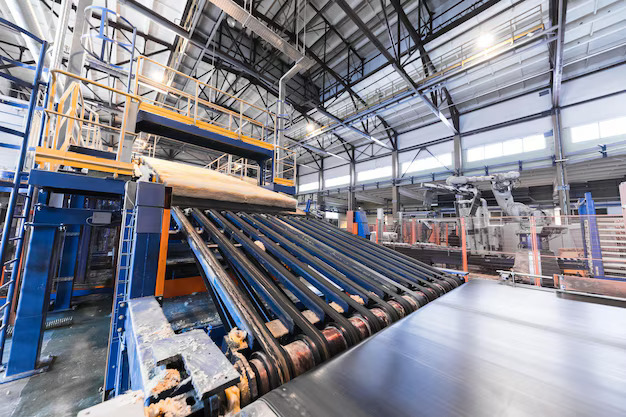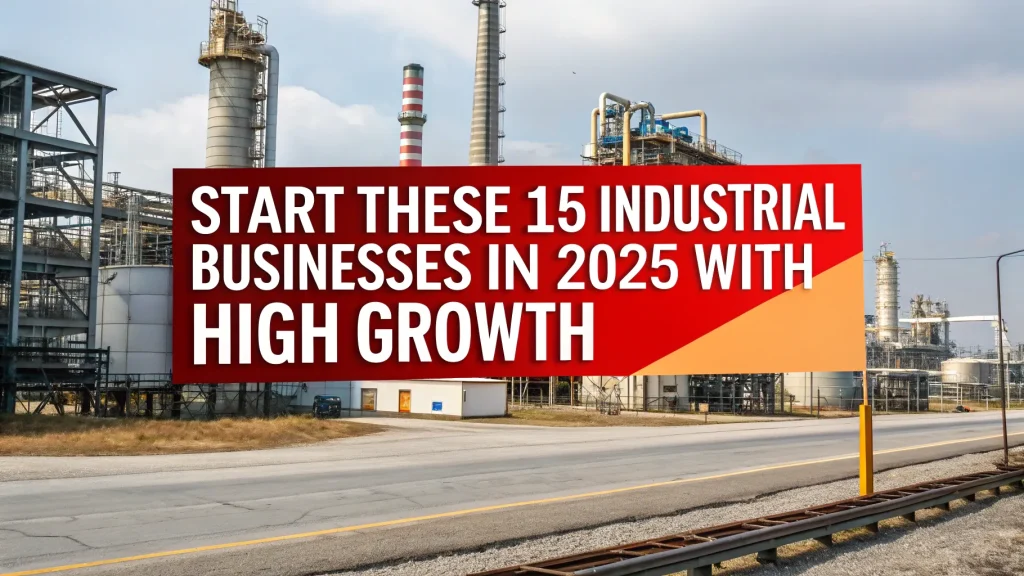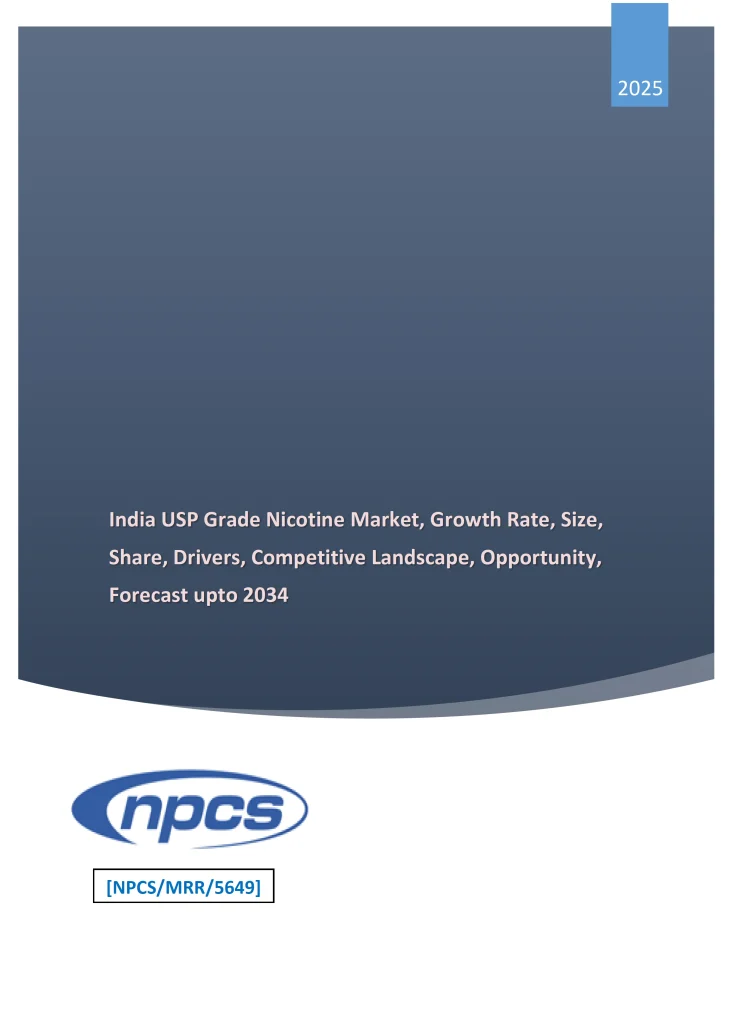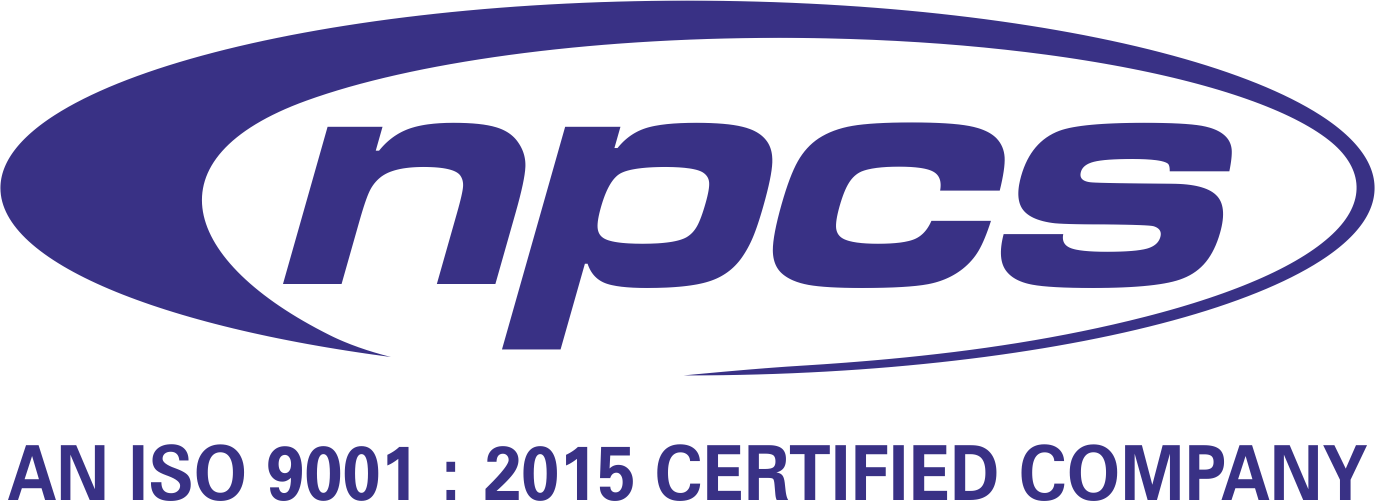The construction industry is undergoing a transformation driven by the growing need for sustainability, efficiency, and innovation. Traditional materials like steel, although dominant for decades, are increasingly being questioned for their limitations—particularly in terms of corrosion and environmental impact. In this evolving landscape, Glass Fiber Reinforced Polymer (GFRP) Rebar is emerging as a superior alternative. Stronger, lighter, and resistant to corrosion, GFRP is quickly gaining attention as the future of concrete reinforcement. Entrepreneurs and industrialists who recognize the potential of this material early on can position themselves at the forefront of a high-growth sector.
Why GFRP Rebar is a Disruptive Innovation in Construction
Steel rebar has long been the standard reinforcement material in concrete construction, but its vulnerability to corrosion leads to maintenance challenges, structural degradation, and costly repairs. GFRP rebar, made from continuous glass fibers embedded in a polymer matrix, offers a transformative solution. Unlike steel, it does not rust, even in aggressive environments such as coastal regions, sewage treatment plants, or industrial facilities. This significantly extends the life of concrete structures and reduces the total cost of ownership.
Moreover, GFRP is remarkably lightweight—up to 75% lighter than steel. This makes it easier to transport and handle on construction sites, ultimately reducing labor costs and improving installation efficiency. It also boasts excellent tensile strength, often exceeding that of steel, and performs exceptionally well under dynamic loads, making it ideal for use in seismic zones and critical infrastructure. From a sustainability standpoint, GFRP manufacturing has a lower environmental footprint compared to steel production, aligning with the global movement toward green building practices.
Global Market Trends and Entrepreneurial Opportunities
The global market for GFRP rebar is expanding rapidly. According to a report by Grand View Research, the market is projected to grow to USD 7.2 billion by 2027. This surge is driven by the increasing adoption of eco-friendly materials in construction, government initiatives promoting sustainable development, and the need for longer-lasting infrastructure. Countries across Asia, the Middle East, Europe, and North America are witnessing a rise in demand for durable and low-maintenance construction materials.
For entrepreneurs, this presents a golden opportunity. GFRP rebar is still a relatively new entrant in many regional markets, allowing first movers to establish a strong foothold and gain brand recognition. Additionally, the field is ripe for innovation. Despite the growing demand, the technology used to manufacture GFRP rebar has remained largely unchanged for decades. This opens the door for forward-thinking entrepreneurs to enhance manufacturing processes, improve product formulations, and develop specialized rebar variants tailored to niche applications.
Key Advantages of Starting a GFRP Rebar Manufacturing Facility
Starting a GFRP rebar manufacturing business offers numerous advantages beyond just tapping into market demand. One of the most important is the early mover advantage. Since GFRP is still in the early stages of mass adoption, setting up a facility now gives you the chance to build market share before the space becomes highly competitive.
There’s also the potential for continuous innovation. Entrepreneurs can explore improvements in resin formulations, automation in pultrusion processes, or even the development of hybrid products. Furthermore, many governments are actively supporting sustainable construction technologies through tax incentives, grants, and infrastructure investment plans, which can significantly reduce the financial burden of launching a new manufacturing unit.
Planning and Setting Up Your GFRP Rebar Plant
Before entering the GFRP rebar market, conducting comprehensive market research is essential. Start by analyzing construction trends in your target region. Is there a growing demand for sustainable infrastructure? Are developers, engineers, or government bodies specifying GFRP in tenders or projects? Also, identify your potential competitors—study their pricing strategies, production capacity, product specifications, and geographic reach. This will help you find your niche, whether that’s in certain diameters, custom designs, or industry-specific applications.
Once you’ve completed your market research, the next step is to create a detailed business plan. This should include an executive summary that outlines your vision, target market, and business objectives. Your plan must also cover the production model, from sourcing raw materials like glass fiber and resin to selecting the appropriate machinery such as pultrusion systems, curing ovens, and cutting equipment. Additionally, factor in the staffing needs, training requirements, and projected production capacity.
Your marketing and sales strategy should focus on educating your target audience—primarily construction companies, contractors, and government bodies—on the benefits of GFRP rebar. This can be achieved through participation in trade shows, online campaigns, direct outreach, and collaboration with architects and civil engineers. Your financial projections should be based on realistic scenarios, taking into account initial capital expenditure, operational costs, expected revenue, and break-even timelines.
Manufacturing and Operational Considerations
Setting up a GFRP rebar manufacturing unit involves choosing the right production technology. The two most common methods are pultrusion and filament winding, with pultrusion being the preferred option for producing straight, high-volume rebar. Selecting the right equipment is critical, as it impacts product quality, consistency, and energy efficiency. It’s important to invest in high-quality machines and to establish partnerships with reliable suppliers of raw materials.
A successful GFRP rebar operation must also emphasize quality control. Implement stringent inspection protocols for incoming raw materials and finished products. Products should comply with national and international standards such as ASTM, ACI, or ISO, depending on your target market. Employee safety is also paramount; workers should be trained on handling chemicals and machinery, and provided with appropriate personal protective equipment (PPE).
Navigating Legal, Environmental, and Financial Aspects
Like any manufacturing venture, a GFRP rebar plant requires multiple regulatory approvals. These typically include business registration, environmental clearances, zoning permissions, and manufacturing licenses. Engaging with local authorities early in the planning phase can streamline these processes. In terms of funding, you may need to approach banks, venture capitalists, or angel investors, especially for large-scale operations. A strong, research-backed business plan will significantly increase your chances of securing capital.
Environmental considerations are increasingly important. Fortunately, GFRP production is relatively eco-friendly, particularly when using low-emission resins and recyclable inputs. By aligning your plant with environmental standards and certifications, you not only reduce risks but also enhance your brand’s credibility.
Building a Strong Brand and Market Presence
Success in the GFRP rebar industry depends heavily on building trust and awareness. Position your brand as a symbol of innovation, durability, and sustainability. Leverage digital platforms to promote your offerings, highlight case studies, and share educational content about the advantages of GFRP. Establishing relationships with builders, developers, and government agencies can lead to bulk contracts and long-term partnerships. Participation in industry expos and technical seminars can also help you gain visibility and establish credibility.
Conclusion: Embrace the Future of Construction
The global construction sector is shifting toward performance-driven, cost-effective, and environmentally responsible solutions. GFRP rebar checks all these boxes and more. Its durability, lightweight structure, and environmental benefits make it a superior alternative to steel in many applications. For aspiring entrepreneurs and established industrialists, this presents an opportunity to lead in a fast-growing, under-tapped market.
With thorough planning, the right partnerships, and a commitment to quality, a GFRP rebar manufacturing business can become a high-impact, high-reward venture in the modern construction ecosystem.
How NPCS Can Help You Get Started
NPCS (Niir Project Consultancy Services) offers comprehensive support for those looking to venture into GFRP rebar manufacturing. From feasibility studies to project reports and supplier directories, NPCS delivers the tools you need to make informed decisions. Our industry experts can guide you through market entry, help you secure financing, and assist in selecting machinery and setting up operations.
Choosing NPCS means saving time, reducing costs, and gaining access to unparalleled expertise. With the right guidance and a clear vision, you can confidently take the first step toward building a sustainable and profitable future in the construction industry.






